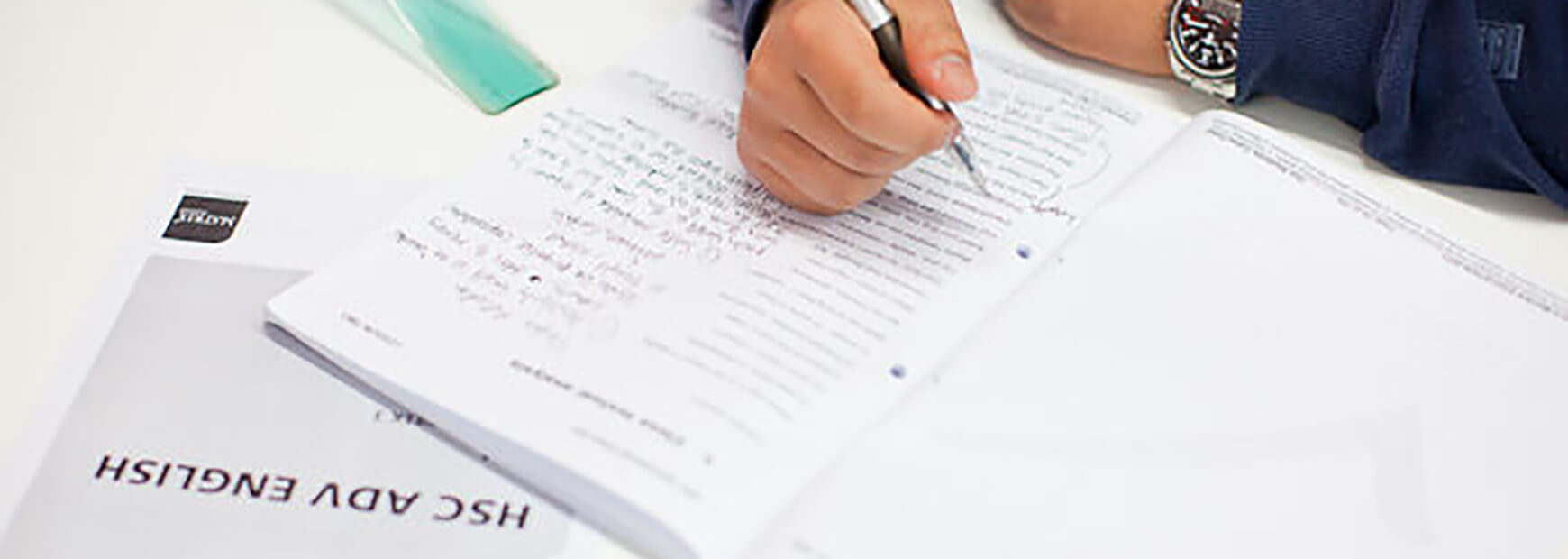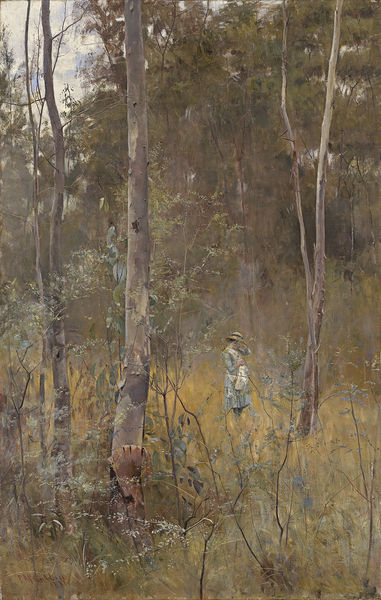Welcome to Matrix Education
To ensure we are showing you the most relevant content, please select your location below.
Select a year to see courses
Learn online or on-campus during the term or school holidays
Learn online or on-campus during the term or school holidays
Learn online or on-campus during the term or school holidays
Learn online or on-campus during the term or school holidays
Learn online or on-campus during the term or school holidays
Learn online or on-campus during the term or school holidays
Learn online or on-campus during the term or school holidays
Get HSC exam ready in just a week
Select a year to see available courses
Science guides to help you get ahead
Science guides to help you get ahead
Stuck with AOS: Belonging? Read our guide to acing it.

Join 75,893 students who already have a head start.
"*" indicates required fields

Join 8000+ students each term who already have a head start on their school academic journey.
Worried about Belonging Section 1? Let us help you out.
There are three sections in the HSC English (Standard and Advanced) Exam Paper 1.
Section I: Unseen Texts
Section II: Creative Writing
Section III: Extended Response
All three sections are worth 15 marks, and so it is ideal that you spend an equal amount of time on each. Often students struggle with Section I, as they are not able to prepare responses in the same way as they can for Section II and III.
This blog post is designed to help you understand Section I, and to prepare you for the types of questions you can expect.
It is important to have a clear understanding of both belonging and not belonging in your mind before you enter the exam. It is also useful to think of synonyms for belonging so that you are able to effectively discuss the concept without sounding repetitive.
Here is an example:
Belonging: is to be related or connected, to fit a specified environment and not be out of place. Our personal sense of belonging is linked to our self-esteem and differing expectations and responsibilities over time can affect our level of connectedness with family, friends and peers.
|
For the exam, you will have to read and view a number of unseen texts. You will then be required to answer a number of questions designed to test your understanding of the concept of belonging. It is essential when answering the questions that you align your information with the criteria, and reflect on how the composer has shaped your understanding of belonging. The questions will also usually start with a verb. You can find a definition of the most common verbs on the Glossary of Key Words page.
Below are the questions from the 2013 HSC exam. Note that in this paper there is one question per text, each worth a different amount of marks, and that the last question requires you to analyse TWO of the texts.
Text one — Image
(a) Describe how a sense of disconnection is created in the image. (2 marks)
Text two — Poem
(b) Why is the ‘creased photograph’ important to the speaker and his sense of identity? (2 marks)
Text three — Memoir extract
(c) How do the writer’s memories of childhood reveal the challenges of family life? (3 marks)
Text four — Prose extract
(d) Explain how the author creates a strong sense of inclusion and exclusion in the extract. (3 marks)
Texts one, two, three and four — Image, Poem, Memoir extract and Prose extract
(e) Analyse how TWO of these texts portray the complex emotions resulting from a desire for connection. (5 marks)
When discussing textual features:
The final question:
Below is a list of useful techniques for analysing a visual text. Try to think about how these techniques can be used in relation to belonging.
| Angle | See framing. |
| Body language and gaze | Facial expressions, gestures, stance or position – can convey the attitude, feelings or personality of the individual shown. Take note of the direction of the subject’s eyes. |
| Composition | What is included is deliberately placed (also applies to what is omitted). Consider all inclusions and omissions e.g. surroundings, objects, clothing etc. |
| Colour, hue and tone | In black & white images examine the use of contrast, light and darkness. In a colour image, colours are used to signify feelings and evoke a response. E.g. Red = passion, anger, hell, vitality, etc. blue = peace, harmony or coldness. |
| Contrast | The arrangement of opposite elements (light and dark, large and small, rough and smooth) to create interest, excitement or drama. |
| Framing | The same camera shots and angles relevant to film. Close ups, extreme close ups, medium shots, long shots, tilted up or down shots etc. |
| Omissions | What has been deliberately left out. |
| Orientation, Point of view | Relates to framing and angle: is the responder positioned above the image (looking down), below or at eye level? |
| Positioning | Consider which objects have been placed in the foreground, middle ground or background. |
| Rule of thirds | Divide an image into thirds from the top and sides and look at the placement of people and/or objects. An object in the top third is usually empowered whereas anything in the bottom third is disempowered. |
| Salience | The part that your eyes are first drawn to in the visual. Colour, image and layout determine what the salient image is. |
| Symbolism | The use of an image to represent one or more (often complex) ideas. |
| Vectors | The line that our eyes take when looking at a visual. Composers deliberately direct our reading path through the vectors. E.g. If all of the subjects are tall, long and upright our eyes follow straight vectors that lead to the top of the frame. This could make the subject seem powerful or inflexible. |
Below is an example of a response to a visual text, utilising some of the techniques listed in the table above.

Example: ‘Lost’ by Frederick McCubbin, 1887
This painting presents ideas of belonging to place, specifically the Australian landscape, through feelings of vulnerability. It comes from the Gold Rush period, when interest in the local landscape was growing, as it was new and unique to European eyes. ‘Lost’ invites a visually sensory experience of this landscape in which much of the interpretation of the girl in the painting is left to the responder. One of the key techniques employed in the centring of the young girl; the blue of her dress almost blends into, as though adopting, the colour of the landscape, which has been foregrounded. Colour has also been effectively utilised, as areas of the canvas appear abstracted and flecks of colour are layered over each other. Hence ‘Lost’ encapsulates both the fascination with belonging to this new place as well as fears of being swallowed by it.
Below is a list of useful techniques for analysing a visual text. Try to think about how these techniques can be used in relation to belonging.
| Allegory | Story with a double meaning: one primary (on the surface) and one secondary. |
| Alliteration | Repetition of consonants at the start of words or in a sentence or phrase. |
| Cliché | An over-used, common expression. |
| Consonance | Repetition of consonants throughout a sentence or phrase. |
| Contrast | Paradox, antithesis, oxymoron, juxtaposition, contrast in description etc. |
| Didactic | Any text that instructs the reader or is obviously delivering a moral message. |
| Disjunction | A conjunction (e.g. ‘but’ or ‘yet’) that dramatically interrupts rhythm of sentence. |
| Ellipsis | A dramatic pause (…) creates tension or suggests words can’t be spoken. |
| Emotive language | Words that stir the readers’ emotions. |
| Enjambment | A poetic technique, when a sentence or phrase runs over more than one line (or stanza). This assists the flow of a poem. |
| Euphemism | Mild expression used to replace a harsh one. |
| Exclamation | Exclamatory sentence ending in ! to convey high emotion. |
| Form | Purpose and features of a text influence its construction and will suggest its structure. |
| Figurative language & sound devices | Metaphor, metonymy, hyperbole, simile, personification, assonance, alliteration, consonance, onomatopoeia, etc. These devices have a powerful impact as they work on our senses to strengthen the subject matter of the text. |
| Fractured/truncated sentences | Incomplete sentences used to increase tension or urgency, or reflect the way people speak to each other. |
| Gaps & silences | What is not said; whose voice isn’t heard and whose voice dominates? |
| Humour | Incongruity, parody, satire, exaggeration, irony, puns etc. used to lighten the overall tone. |
| Icons | A single person, object or image that represents complex ideas and feelings. |
| Imagery | Vivid pictures created by words. Reader visualises character/setting clearly. |
| Imperative Voice | Forceful use of the verb at the start of sentence or phrase. |
| Intertextuality | A text makes a reference to other texts, may be explicit, implied or inferred. |
| Irony | Gap between what is said and what is meant. |
| Juxtaposition | Layering images/scenes to have a dramatic impact. |
| Level of usage of language | Slang, colloquial, informal or formal. |
| Linear | Sequential – in chronological order. |
| Metaphor | Comparison of 2 objects where one becomes another – adds further layers of meaning about object being compared. |
| Modality | The force the words are delivered at. High modality = forceful. Low modality = gentle. |
| Non-linear | Non-sequential narrative, events do not occur in chronological order. |
| Onomatopoeia | A word that echoes the sound it represents. Reader hears what is happening. |
| Parody | Conscious imitation for a satiric purpose. |
| Person | 1st, 2nd or 3rd. |
| Personification | Human characteristic given to a non-human object. Inanimate objects take on a life. |
| perspective | A particular way of looking at individuals, issues, events, texts, facts etc. |
| Plosive consonants | Harsh sounds in a sentence or phrase. |
| Repetition | Of words or syntax (order of words) for emphasis or persuasion. |
| Representation | How a composer conveys meaning through textual features. |
| Satire | Composition which ridicules in a scornful & humorous way. |
| Setting | Location of a story – internal and external. |
| Sibilance | Repetition of ‘s’ – can sounds melodious & sweet or cold & icy. |
| Simile | Comparison of 2 objects using ‘like’ or ‘as’. |
| Symbolism | When an object represents one or more (often complex) ideas. |
| Syntax – sentence structure | Short, simple sentences or truncated sentences create tension, haste or urgency; compound or complex sentences are slower, often feature in formal texts. |
| Tense | Present, past, future (events are predicted). |
| Theme | Message or moral of a story – makes us ponder bigger issues in life. |
| Tone | The way composer or character feels – conveyed by word choice. |
| Word choice or Diction | Emotive, forceful, factual, descriptive, blunt, graphic, disturbing, informative etc. E.g. use of forceful verbs ‘insist’ & ‘demand’ can be very persuasive. |
See Also: How to Analyse A Related Text to learn how to analyse texts in 4 steps.
Find out more about our English courses. Matrix classes are available for HSC English, Maths, Physics, Biology and Chemistry.
The Common Module and the new HSC is only a few months away. If you’re struggling with English now, Year 11 is your last chance to get on top of things before your marks begin to wither away.
Written by Matrix Education
Matrix is Sydney's No.1 High School Tuition provider. Come read our blog regularly for study hacks, subject breakdowns, and all the other academic insights you need.© Matrix Education and www.matrix.edu.au, 2023. Unauthorised use and/or duplication of this material without express and written permission from this site’s author and/or owner is strictly prohibited. Excerpts and links may be used, provided that full and clear credit is given to Matrix Education and www.matrix.edu.au with appropriate and specific direction to the original content.